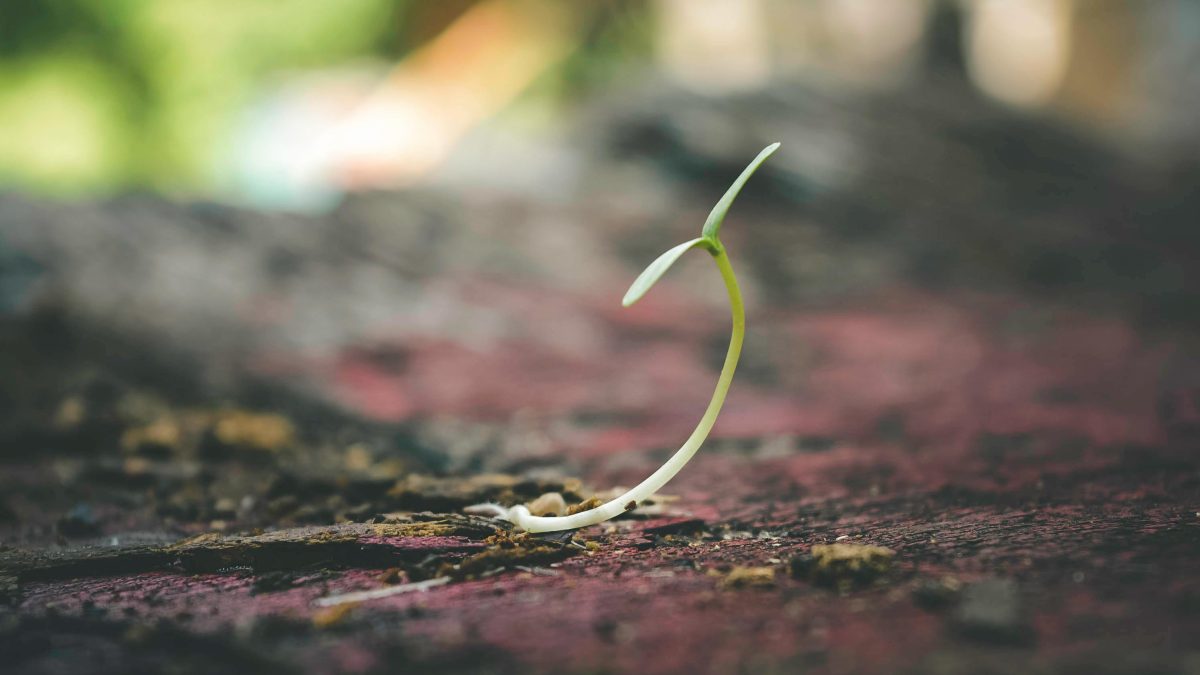The Ancient Question
Few questions trouble and intrigue us quite like “What is the meaning of life?” It’s a query that sits at the intersection of philosophy, religion, science, and our most personal inner dialogues. To approach an answer that feels both intellectually honest and emotionally resonant, we might begin by looking at life’s most fundamental patterns.
A Story of Beginnings
For roughly four billion years, our Earth floated through space as little more than an aggregation of elements—beautiful perhaps, but devoid of consciousness. Then something remarkable happened: water formed on the planet’s surface. This seemingly simple development created the conditions for an extraordinary experiment to begin.
Religious traditions capture this moment of transformation beautifully. The Book of Genesis tells us: “The earth was without form and void, and darkness was over the face of the deep. And the Spirit of God was hovering over the face of the waters. And God said ‘Let there be light’ and there was light.”
Whether we frame this pivotal moment in theological or scientific language, we’re describing the same astonishing transition—the emergence of the conditions for life.
The First Ambition
In the primordial waters, simple molecules clustered together and, through processes we still find mysterious, developed the capacity to do something that defines all life: they began to replicate themselves. More remarkably still, these replications weren’t perfect. They contained variations—what we now call mutations—some of which proved advantageous.
We might imagine these early sun-sensing molecules drifting through ancient seas, absorbing energy through what would eventually be termed photosynthesis. These primitive organisms had no consciousness as we understand it, no capacity for joy or suffering, yet they established the fundamental pattern that would define all subsequent life: replication with improvement.
As Carl Sagan observed: “The beauty of a living thing is not the atoms that go into it, but the way those atoms are put together. Information distilled over 4 billion years of biological evolution.”
The Human Expression of an Ancient Pattern
This story of life’s beginnings isn’t merely an interesting scientific backdrop; it provides vital context for understanding our own existence and purpose. The pattern established by those first replicating molecules continued through billions of years of evolution, eventually producing beings capable of contemplating their own existence.
About 150,000 years ago, Homo sapiens emerged in East Africa. For approximately 70,000 years, our ancestors lived much like other animals, focused primarily on survival. Then something unprecedented occurred: humans began to create culture at an accelerating pace. We developed language, art, tools, and eventually, philosophy, science, and technology.
What distinguished us wasn’t merely our intelligence but our capacity to build upon previous innovations. We did not simply replicate; we replicated with improvement. We took the fundamental pattern of life and expressed it through culture rather than just biology.
A Proposed Answer
Perhaps here lies a meaningful answer to our ancient question: the meaning of life is to replicate toward perfection.
This isn’t merely about biological reproduction. We replicate ideas, improving them with each iteration. We replicate technologies, making them more efficient and effective. We replicate social systems, striving to make them more just and humane. Even in our personal relationships and inner development, we attempt to refine and improve our approaches based on past experiences.
The Question Within the Answer
This answer immediately raises another profound question: what constitutes perfection? Who defines it?
Is perfection predetermined by cosmic forces, inscribed somehow in the fabric of reality? Or are we, as conscious beings, tasked with defining perfection ourselves?
There’s something both terrifying and liberating in this responsibility. As Jesus is quoted in the Christian tradition: “I will give you the keys of the kingdom of heaven. Whatever you bind on earth will be bound in heaven, and whatever you loose on earth will be loosed in heaven.”
This statement, viewed through a philosophical rather than strictly religious lens, suggests a profound human responsibility in determining values and meaning. We become, in a sense, the arbiters of perfection.
The Everyday Practice of Meaning
This philosophical framework may seem abstract, but it manifests in remarkably ordinary ways. When we improve upon a recipe, refine our approach to a relationship, or develop a more efficient way to perform a task, we’re participating in life’s fundamental pattern.
We see it in how we hope to give our children better experiences than we had. We see it in how organizations develop “best practices.” We see it in the way artists build upon traditions while adding their own innovations.
The meaning of life isn’t something separate from living; it’s embedded in the very pattern of how we naturally operate when we’re at our best.
The Collective Future
Just as single-celled organisms once bound together to create more complex life forms, humanity may be moving toward a greater integration—not necessarily in physical form, but in knowledge, purpose, and consciousness.
This integration carries both promise and peril. As Carl Sagan warned: “We have a choice: We can enhance life and come to know the universe that made us, or we can squander our 15 billion-year heritage in meaningless self-destruction.”
The definition of perfection we collectively choose matters immensely. Will we define it in terms of domination, consumption, and immediate gratification? Or will we define it in terms of sustainability, consciousness, compassion, and the flourishing of all life?
A Personal Practice
Perhaps the most valuable application of this perspective is in our daily lives. By becoming more mindful of our actions and choices, we can participate more consciously in the pattern of replication with improvement.
We might regularly ask ourselves: What am I replicating? Am I improving upon what came before, or merely repeating patterns that don’t serve life’s movement toward greater consciousness and capability?
These questions don’t require grand gestures or dramatic life changes. They invite us to see the philosophical significance in our ordinary choices—how we speak to loved ones, how we approach our work, how we engage with our communities.
In this way, the meaning of life becomes less an abstract puzzle and more a daily practice—one in which we consciously participate in the universe’s long journey toward ever-greater realization of its potential.

